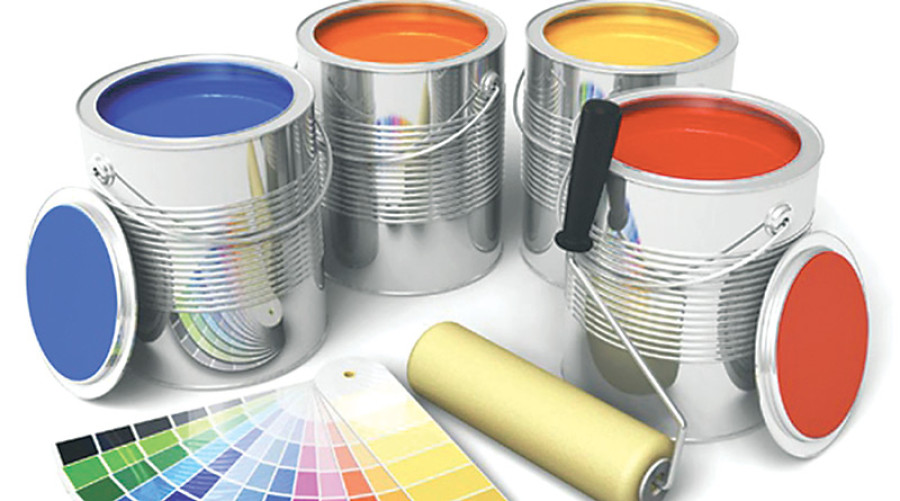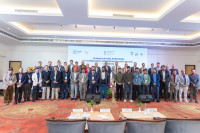National
SC dismisses petition against standards for lead-based paint
The Supreme Court has denied a writ petition filed by the Nepal Paint Manufactures Association, which sought scrapping of the standards for lead-based paint set by the government.
The Supreme Court has denied a writ petition filed by the Nepal Paint Manufactures Association, which sought scrapping of the standards for lead-based paint set by the government.
A joint bench of Justice Om Prakash Mishra and Justice Bham Kumar Shrestha dismissed the writ on Monday, saying that it is crucial to regulate the level of lead in paint to protect the public from the adverse impacts of toxic element, which can cause serious health conditions especially among children.
The government in December 2014 had fixed the lead level of 90 ppm in paint products. Paint manufactures had filed a writ against it, claiming that the regulation violated their right to conduct business in a free environment.
According to Padma Bahadur Shrestha, who represented a group of lawyers, pleading on behalf of government’s standards, the decision has ensured safer paint products for public and protecting them from potential health hazards.
“With this decision the paint manufactures must maintain the lead level of 90 ppm. This is a welcome step for safety of the public,” said Shrestha, adding that paint manufacturers should abide by the law and be responsible towards public welfare.
Over the years, different studies conducted by the Ministry of Population and Environment (MoPE) and Centre for Public Health and Environmental Development (CEPHED) and other organisations have shown poor compliance of lead level standards set by the government.
A recent study by CEPHED and Leaders Nepal had concluded that the compliance level of Nepali paint industry was nearly 60 per cent. It was even poor in the previous years.
Similarly, four consecutive studies of lead in paint carried out from 2010 to 2014 had found that over 70 per cent of paints sold in Nepal—especially enamel paints—contained lead levels well above 90 ppm, the internationally accepted standard for lead in paints.
Besides maintaining lead level below 90 ppm, the existing standard also makes it compulsory of labelling of exact lead content and printing the precautionary message for occupational safety on paint cans.
“This is a victory for Nepalese children, who will now be protected from lead exposure at their homes, schools and parks, where heavily leaded paints are commonly used,” said Ram Charitra Sah, CEPHED executive director. “Now we need effective implementation, regulation of imports and strong, regular market monitoring from all concerned agencies.”




 11.12°C Kathmandu
11.12°C Kathmandu














